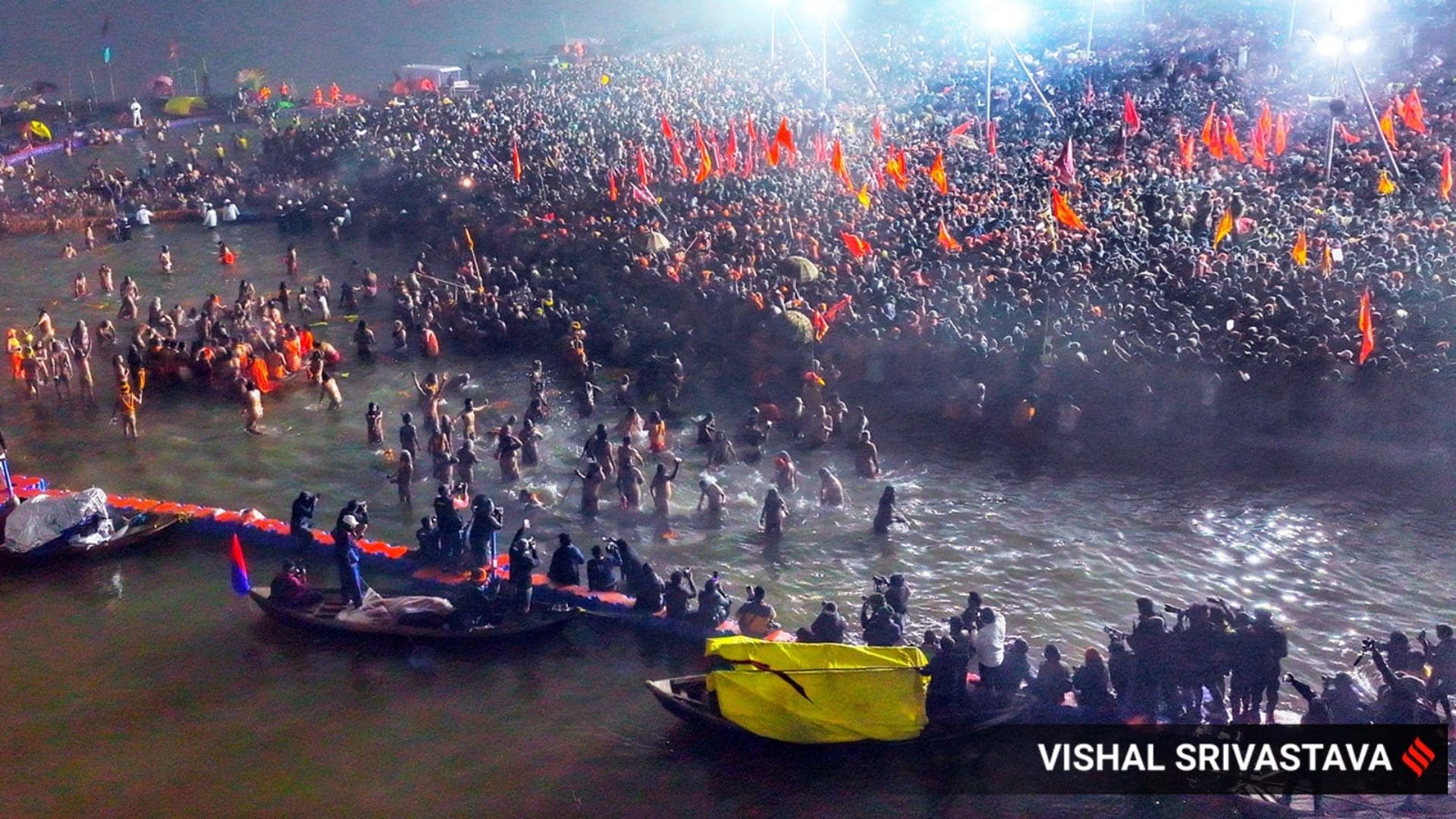
The Sacred Ritual of Shahi Snan at Maha Kumbh Mela
The central ritual of the Maha Kumbh Mela is the Shahi Snan, or royal bath, where millions of pilgrims immerse themselves in the holy rivers at auspicious times.
Advertisement
This act is believed to cleanse individuals of their sins and liberate them from the cycle of rebirth (samsara), ultimately leading to Moksha or spiritual liberation.
The confluence of the Ganga, Yamuna, and the mythical Saraswati at Prayagraj is particularly revered as a site for attaining salvation.
Similar Stories
Discover the profound philosophy of moksha — the dissolution of ego into the Parabrahman — and the unity underlying diverse spiritual paths like Vedanta, Tantra, and Bhakti. Understand how personal perceptions, karma, and practices shape experiences of the Absolute, and why inclusivity, non-violence, and righteousness are key to true liberation.
The Maha Kumbh Mela 2025 will take place in Prayagraj, Uttar Pradesh, at the Triveni Sangam, where the Ganga, Yamuna, and Saraswati rivers converge. Starting from January 14, coinciding with Makar Sankranti, this sacred festival will draw millions of pilgrims for spiritual purification through ritual bathing. Key dates include Makar Sankranti (First Shahi Snan) on January 14, Mauni Amavasya (Second Shahi Snan) on January 29, Basant Panchami (Third Shahi Snan) on February 3, and Maha Shivratr ...
Discover the fascinating origins of the Kumbh Mela, rooted in the ancient legend of the Samudra Manthan. This epic tale of the churning of the ocean by gods and demons reveals how the nectar of immortality (Amrit) was obtained and how drops of it sanctified the four sacred cities of Prayagraj, Haridwar, Ujjain, and Nashik. Learn why millions of pilgrims gather to bathe in these holy waters during the Kumbh Mela for spiritual blessings and enlightenment.
Astrology, Mantras, Events, Stories & More.
